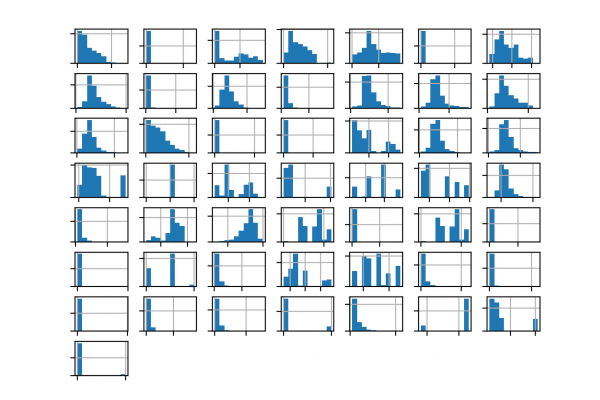How to Develop an Imbalanced Classification Model to Detect Oil Spills

Last Updated on August 21, 2020
Many imbalanced classification tasks require a skillful model that predicts a crisp class label, where both classes are equally important.
An example of an imbalanced classification problem where a class label is required and both classes are equally important is the detection of oil spills or slicks in satellite images. The detection of a spill requires mobilizing an expensive response, and missing an event is equally expensive, causing damage to the environment.
One way to evaluate imbalanced classification models that predict crisp labels is to calculate the separate accuracy on the positive class and the negative class, referred to as sensitivity and specificity. These two measures can then be averaged using the geometric mean, referred to as the G-mean, that is insensitive to the skewed class distribution and correctly reports on the skill of the model on both classes.
In this tutorial, you will discover how to develop a model to predict the presence of an oil spill in satellite images and evaluate it using the G-mean metric.
After completing this tutorial, you will know:
- How to load and explore the dataset and generate ideas for data preparation and model selection.
- How
To finish reading, please visit source site